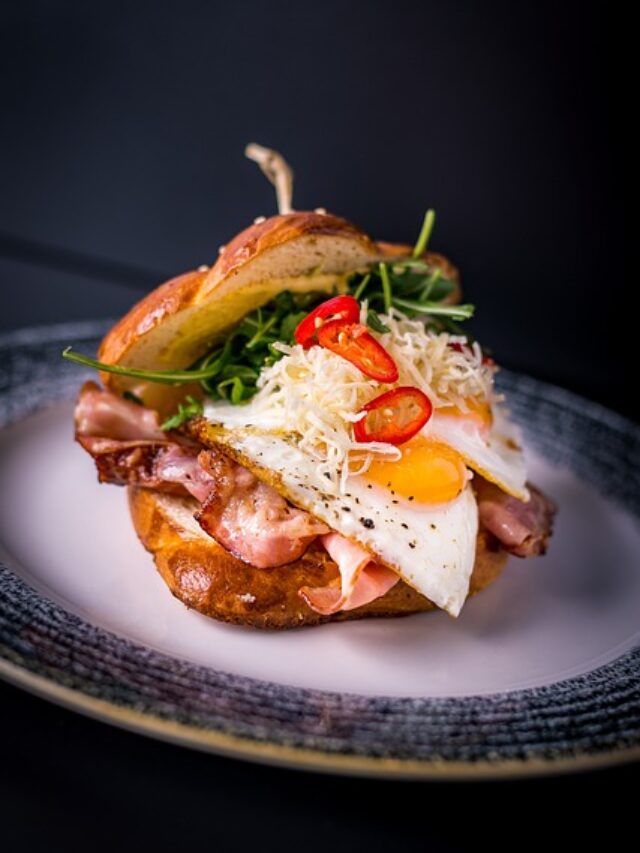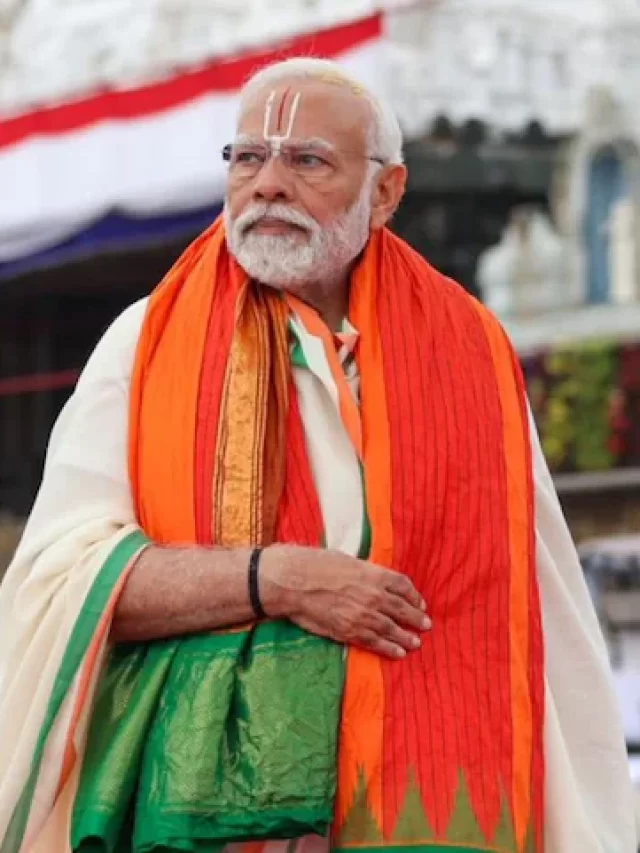Kaalratri, the seventh manifestation of Goddess Durga, is one of the most fearsome and powerful forms of the goddess. She is often referred to as the destroyer of darkness and evil forces. While her appearance is fierce and terrifying, she represents the protective aspect of the Divine Mother, eradicating fear and negativity from her devotees’ lives Maa Kaalratri The Seventh Form of Goddess Durga. Worshipped on the seventh day of Navaratri, Kaalratri embodies the darker yet necessary aspects of life, symbolizing the destruction of ignorance and evil.
Maa Kaalratri

Kaalratri is often associated with the story of Shumbha – Shumbha, two powerful demons who had become invincible through a boon that made them impossible to defeat by any male deity. When their atrocities reached a peak, the gods sought the help of Goddess Durga. To defeat these demons and their massive armies, Durga manifested in the form of Kaalratri.
Her fierce and terrifying form was enough to strike fear into the hearts of the demons. Riding a donkey, with disheveled hair, dark complexion, and flames emanating from her breath, Kaalratri charged into battle. She wielded a sword and a trident, symbolizing her power and readiness to destroy the most sinister forces of the universe. Eventually, she succeeded in decimating the armies and bringing about the destruction of Shumbha and Nishumbha, restoring balance to the universe.
In another popular legend, Kaalratri is said to have killed the demon Raktabeej. This demon had a peculiar boon: for every drop of his blood that touched the ground, a new demon would rise. To defeat him, Kaalratri drank his blood before it could fall, ensuring his complete annihilation.
The Appearance of Kaalratri
Kaalratri appearance is meant to evoke fear, as it is symbolic of the terrifying reality of life’s destructive aspects. Her complexion is as dark as the night, signifying the void and unknown mysteries of the universe. She has four hands: two hands carry a sword and a trident, while the other two are in the Abhay Mudra (gesture of fearlessness) and Veranda Mudra (gesture of granting boons), showing that despite her fearsome form, she is a motherly protector who removes fear and bestows blessings.
Her unkempt hair and the flames that emit from her breath represent the untamed and primal forces of nature. She rides a donkey, an animal symbolizing humility and hard work, showing that Kaalratri power is both destructive and grounded in spiritual humility.
Despite her terrifying appearance, she is considered highly benevolent, as her sole purpose is the destruction of evil and the protection of her devotees. Kaalratri form teaches us that destruction is a part of creation and that sometimes, to make way for the new, the old must be annihilated.
Symbolism of Kaalratri
Kaalratri very name can be broken down to understand her symbolic meaning: “Kraal” refers to time or death, and “Ratri” means night or darkness. Together, Kaalratri represents the darkness that precedes dawn and the death of evil that paves the way for the emergence of light and truth.
Kaalratri is considered the destroyer of ignorance, arrogance, and ego. In her destructive form, she eliminates the inner demons of fear, anger, and negativity that plague human beings. She reminds devotees that destruction is not always negative; sometimes, it is necessary for spiritual growth and transformation.
Spiritual Significance of Kaalratri Worship
The worship of Kaalratri is deeply symbolic of overcoming fear and ignorance. She represents the darkest hour before the dawn, the phase of life where fear, challenges, and uncertainties are at their peak. By invoking her blessings, devotees believe that they can conquer their internal and external demons, gain courage, and transcend fear.
Her devotees seek protection from evil forces, black magic, and negative energies. Kaalratri is also believed to bestow good fortune and remove all forms of suffering and hardship. She symbolizes the ultimate truth that while darkness may exist, it can be overcome through divine grace and inner strength.
The Seventh Day of Navaratri: Kaalratri Day
On the seventh day of Navaratri, devotees specifically worship Kaalratri. This day is considered crucial for those seeking to overcome obstacles and challenges. In temples and homes, rituals and prayers are performed with offerings of jaggery, which is said to please the goddess. Maa Kaalratri The Seventh Form of Goddess Durga
The seventh day is particularly significant for those undergoing difficult times, as Kaalratri power is believed to remove all barriers to success and spiritual growth. Devotees light lamps, burn incense, and recite hymns in her praise to seek her protection and grace.
Festivals and Rituals Associated with Kaalratri
- Navaratri: The most significant festival In Navratri puja the worship of Kaalratri is Navaratri. On the seventh day, she is invoked to destroy fear and negativity. Special prayers, pujas, and offerings are made to her. Fasting is also observed by many devotees to purify the body and mind, as fasting is believed to bring one closer to the goddess.
- Dussehra: Following Navaratri, Dussehra celebrates the victory of good over evil. While this day primarily marks Lord Rama’s victory over Ravana, Kaalratri is also venerated for her role in the defeat of Shumbha, Shumbha, and other demons.
- Maha Shivaratri: Kaalratri is closely associated with Lord Shiva, especially in her role as Maha Kali, another fierce form of the Divine Mother. On Maha Shivaratri, some devotees also offer prayers to Kaalratri for protection and guidance.
Kaalratri and Inner Transformation
Kaalratri worship is often seen as a journey toward inner transformation. While her outer form is terrifying, she represents the destruction of ignorance and the cleansing of impurities from the mind and soul. By worshipping her, devotees are encouraged to face their deepest fears, confront their inner darkness, and emerge stronger and wiser.
Her role in the cosmic order is that of the necessary force that clears the path for renewal and growth. Just as the night is followed by the dawn, the destruction Kaalratri brings is followed by the creation of something new and pure. She symbolizes the ultimate truth that life is a cycle of creation, preservation, and destruction, and all are necessary for the evolution of the soul.
Kaalratri, the seventh form of Durga, teaches us that true courage lies in facing our fears and transcending them. Her fierce form may appear terrifying, but it serves as a reminder that the Divine Mother will protect Maa Kaalratri The Seventh Form of Goddess Durga devotees from harm and lead them to spiritual enlightenment. Through her worship, devotees are encouraged to embrace both the light and dark aspects of life, understanding that even in destruction, there is the promise of renewal and Google growth.
Worshipping Kaalratri during Navaratri or in daily prayers can instill a sense of fearlessness, strength, and clarity in overcoming life’s obstacles, allowing one to move forward with determination and purpose.



